You might think it’s a straightforward answer but when do you mow the lawn? is a common question and so is can I mow the lawn when it’s wet? Oh, and don’t forget ‘how low should you mow the lawn?’ These are all valid questions, of course, because we all want to have the best-looking garden in the street, right?
Mowing the lawn could be considered a rite of passage for many new homeowners too. So, luckily, we’ve prepared some steps for you to use and ensure your garden looks great with a fresh lawn. You’ll learn what preparation to do before cutting the grass and how to keep it well-maintained throughout the year.
Table of contents
Before you cut the lawn
Grass cutting isn’t a matter of just bringing out the mower and getting to it, there are some things you need to do before you begin.
Ensure the grass and soil are in a suitable condition for lawn mowing
The short answer to whether you can cut wet grass is no.
The long answer is you should not cut the grass when the grass and soil are wet because it can cause wonky cutting and clog the mower with trimmings. And even mud if the ground is wet enough. Cutting grass when the soil is wet can also cause it to become compacted, increasing muddy areas and allowing the wheels to create ruts (grooves or indents).
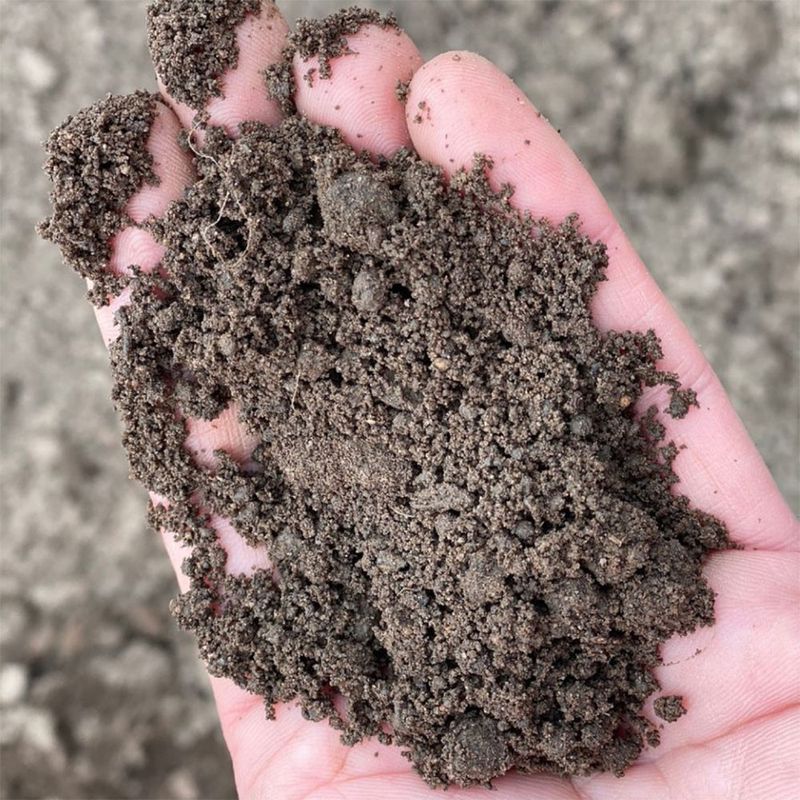
If you know you’re waiting for dry weather but see your lawn isn’t getting dry, see if you have a waterlogged garden and learn how to deal with it in our guide.
Frost weather is also a no-go for the mow. You shouldn’t walk on the grass at this time either as this can damage the landscape. Instead, wait for the lawn to defrost and dry out before trying to mow it.
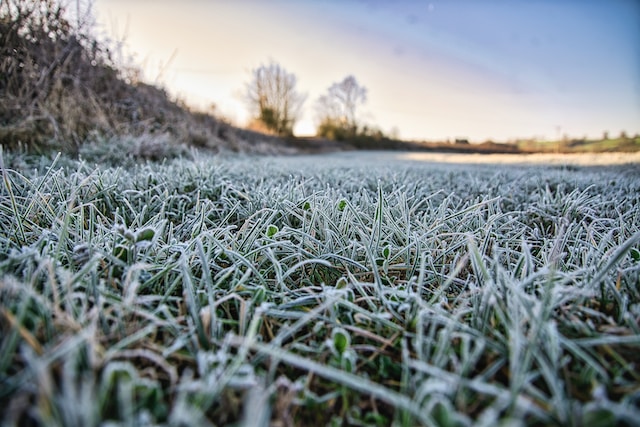
Clear the lawn of any debris that might be in the way or cause damage to the mower
We’re talking about anything hindering you from mowing the lawn entirely. Things that are blocking your way or could damage the mower’s blades. So, things like:
- Sporting equipment (e.g. trampolines, gym/exercise apparatus etc)
- Tables and chairs
- Kids play buildings (e.g. playhouses, small climbing frames etc)
- Stones (big and small)
These are just some examples of what you may need to remove from the area. Have a proper look at what you need to move out of the way before trying to mow.
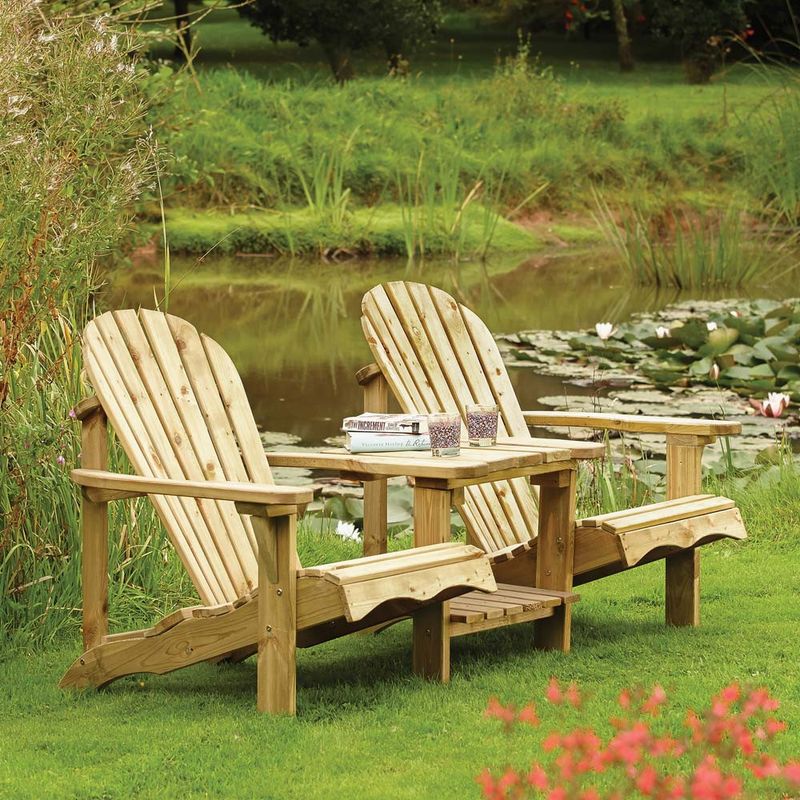
Adjust your mower’s blades to a suitable height
It’s typically recommended not to remove more than one-third of the grass height. Saying this, the question of how to mow the lawn is also a matter of when.
For the first mow of the year, put your lawnmowing at the highest setting. Following this, aim to maintain the following heights during specific times of the year:
- Spring, autumn and winter: 4cm (1 1/2 inches) tall
- Summer: 2.5m (1 inch) tall
Now, if you have a fine lawn, the cutting height will vary, but the recommendation is to keep them shorter at 6-13mm (1/4 to 1/2 an inch).
My lawn is new, can I still cut it?
If you have new turf settling in the garden, it’s best to wait until the lawn grows to a height of 5cm (2 inches) before you mow it the first time. When it comes to that, you’ll want to mow it with the blades on the highest setting.
If all your preparations are ready and you’ve got a nice, dry day ahead – let’s get you to grass cutting.
How to mow the lawn
You might have guessed this by now, but you’ll need a lawn mower or a similar grass-cutting tool to carry out the job. With that handy, here are some other items you might want to consider before you start cutting your grass:
- Lawn mower
- Safety boots or tough shoes
- Ear defenders (if needed)
- A garden rake
- Long-handled edging sheers
Step one: Start with the edges
A border can make things 10 times easier. So, start by mowing around the lawn’s edge to identify that border. Not only does this help you define what you’ll be cutting, but when to turn the lawn mower and move on to the next step.
Don’t worry if the lawn’s edges aren’t neatly cut in the early stages, as you’ll get to touch these up later in step four.
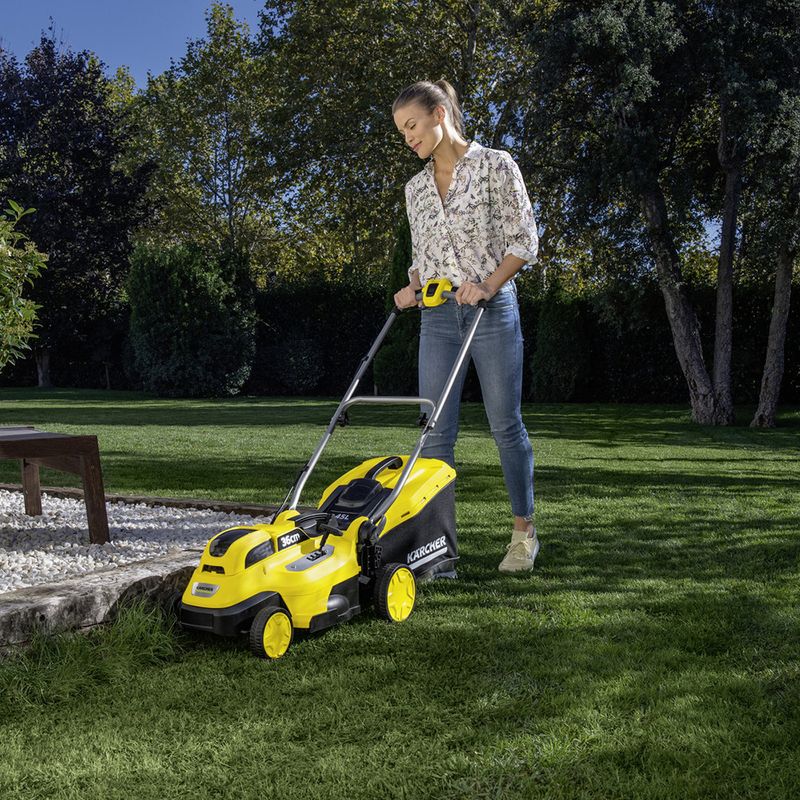
Step two: Follow straight lines
With the border handy, with each turn, you’ll want to mow the lawn in straight lines up and down. Don’t be afraid to mow with a slight overlap on each row as this will help catch bits you might have missed.
If your lawn is an odd shape, mow a line in the centre of the lawn, then mow one side of the lawn before moving to the other.
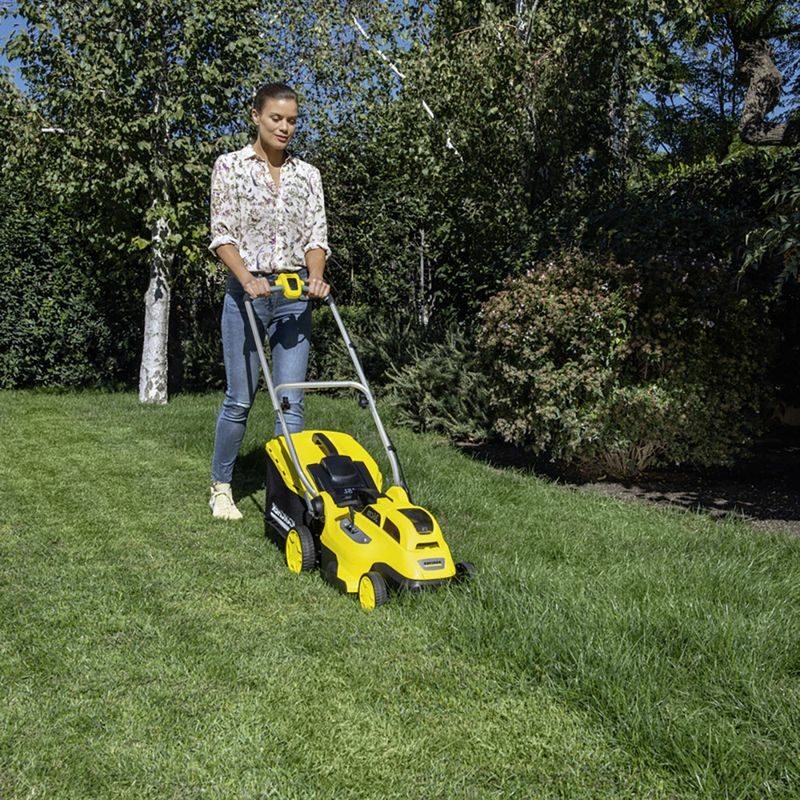
Tip: For clear, clean stripes, opt for a mower with a rear roller.
Step three: Add grass clippings to a compost heap
As you mow the lawn, empty the grass clippings from the container or rake up the clippings as you go. It helps motivate you during the process and prevents clumps of grass from dropping onto the lawn while you mow.
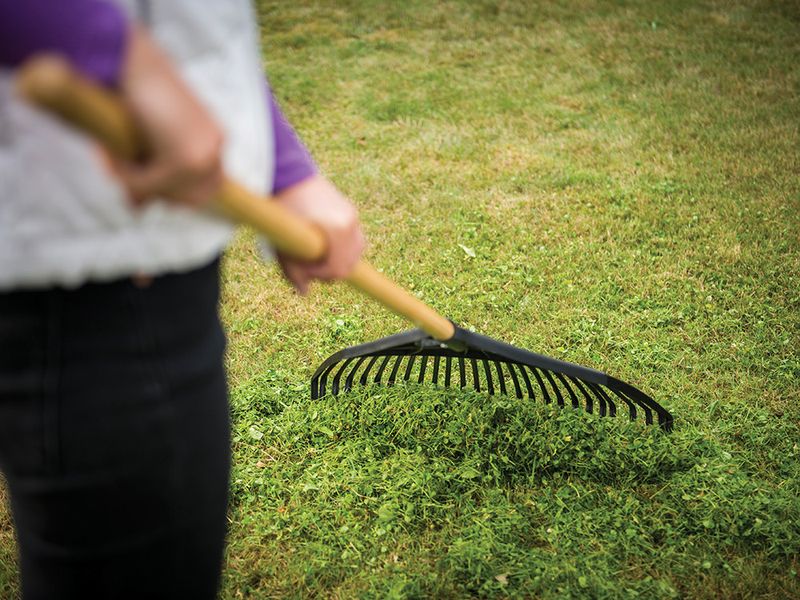
Removing clippings is also important for preventing lawn fungal issues. That said, if the weather is exceptionally dry (say on sunny summer days) clippings at a length of 1cm (1/2 an inch) or below can be left on the grass as they can help retain moisture.
If you have a compost heap (whether in a compost bin or elsewhere), add these clippings to it. You can separate each layer of grass clippings with a layer of wooded material. However, if you use weedkiller on your lawn, read the label for disposal recommendations.
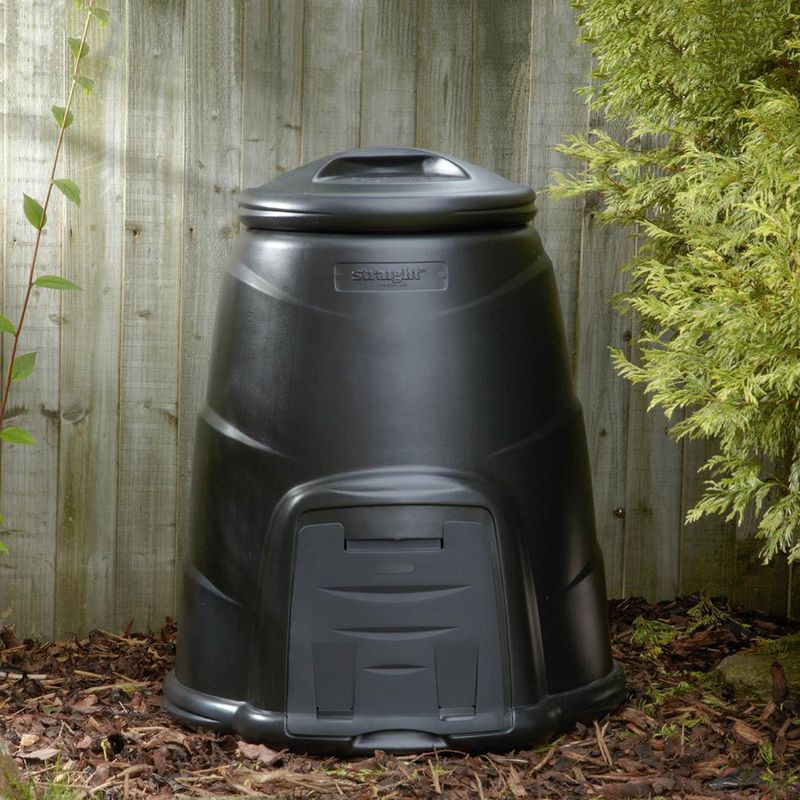
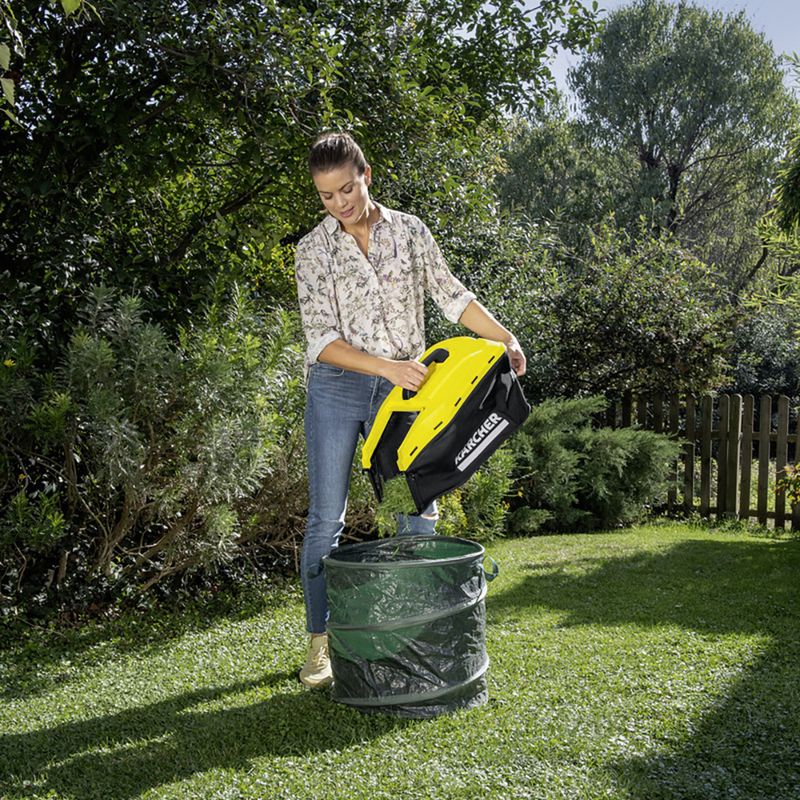
Don’t have a compost heap? Find out how to start creating one via our guide.
Step four: Tidy the edges of the lawn
With the grass inside the border complete, mow around the border once more to tidy the markings left when you rotated the mower.
Then, using a pair of long-handled edging shears, trim the edges of the lawn. Collect them and add them to the compost heap or dispose of them as recommended if you have used a weed killer.
Step five (continuous): Change your mowing direction at least once a month
With every month of mowing, you’ll need to change the direction you mow to ensure all stray blades of grass are caught and the wheels don’t leave impressions on the surface.
Let’s recap!
- Mow often for a denser lawn (at least once a week).
- Avoid mowing the lawn when the grass and soil are wet to prevent mower clogs and uneven cuts.
- Avoid mowing the lawn when the grass and soil are frozen to prevent damage to the landscape.
- Clear the lawn of debris or items that will block the mowing process or damage the mower blades before cutting the grass.
- The height to cut the grass depends on the season – so check your blades are at a suitable height before mowing!
- If the turf is new and settling, wait until the grass grows to a suitable height (roughly 5 cm or 2 inches) before mowing for the first time.
- A border makes things so much easier – create this before moving onto your straight line cutting across the lawn (don’t worry about tidy edges until the end!)
- Change your mowing direction once a month to prevent leaving impressions on the surface.
Unsure about these points? You can discover more details about the recap areas throughout the guidance above.
Thinking about other lawn care needs you have? Perhaps you want to liven up the area with decking or garden furniture. We’ve got plenty of guidance to help you with that. Don’t hesitate to look around for a dedicated piece of advice and find the products you need via our range as you browse.











